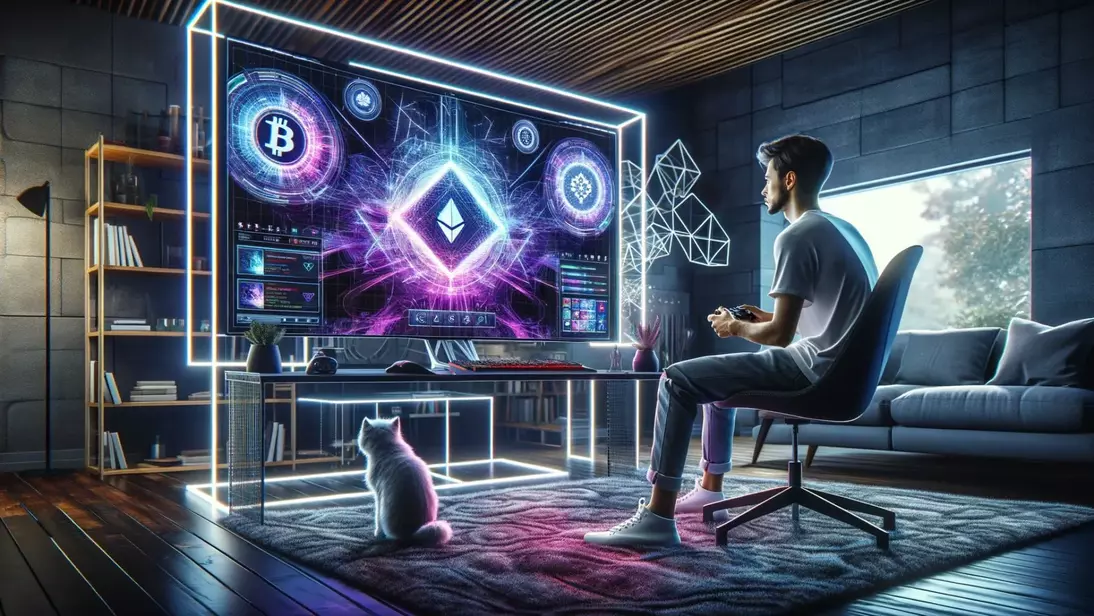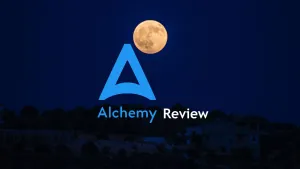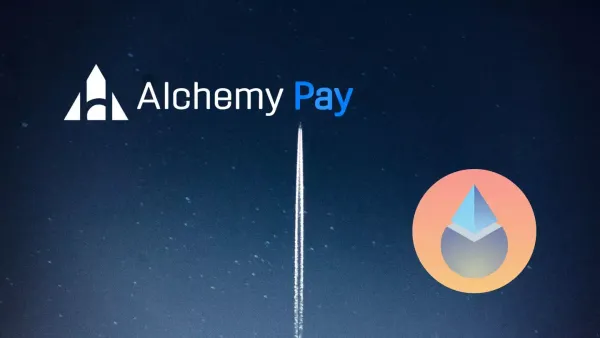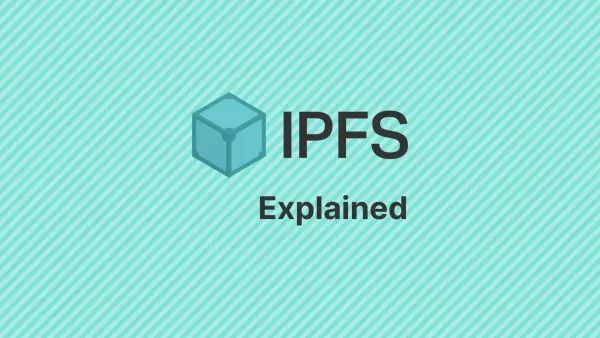Blockchain, cryptocurrencies, and NFTs are bringing the next phase of decentralization to our digital interactions with the introduction of Web3. The gaming industry is being significantly impacted by this change. The gaming industry, which has always been at the top of adopting new technology, is now embracing Web3 gaming, a field that presents both opportunities and obstacles.
Blockchain technology is used in Web3 gaming platforms and applications to provide player-centric, decentralized experiences where users maintain a substantial degree of ownership and control. The change indicates an essential shift in the way games are created, developed, and played.
What Is Gaming In Web3?
Web3 gaming is a term for the gaming industry's use of cryptocurrency, decentralized platforms, and blockchain technology. It intends to give gamers a more open, safe, and engaging gaming environment. Non-fungible tokens (NFTs) frequently denote game assets in Web3 gaming, and they are tradable, buyable, and accessible on blockchain networks.
With the use of these NFTs, players can own and manage the items they acquire in-game, retaining their worth even after they are deactivated from the game. Web3 gaming also frequently uses play-to-earn models, in which users participate in the game and support the ecosystem to earn cryptocurrency or other prizes.
The value and fascination of Web3 gaming increases even more when players interact with Web3 gaming apps and expect that their experience and assets will be relevant and useful across a variety of gaming platforms. This shift affects how games are viewed in the larger context of digital connection and the economy, as well as how they are played.
By empowering users and promoting a more diverse and decentralized gaming environment, this new framework can completely transform the gaming industry.
How Has Gaming Changed From Web2 To Web3?
Web2 gaming is the term for traditional online gaming that is based on the internet's current infrastructure. Since most of these games are centralized, their data, assets, and control are kept on central servers that are controlled by publishers or creators.
Popular online multiplayer games such as World of Warcraft, League of Legends, and Fortnite are examples of Web2 gaming.
On the other side, Web3 gaming is linked to decentralized technologies, specifically cryptocurrency and blockchain. The goal of Web3 gaming is to present ideas such as player-driven economies, digital shortage, and genuine ownership.
Non-fungible tokens (NFTs) are made possible by blockchain technology and are distinct in-game assets that players may trade, possess, and utilize in a variety of games. Smart contracts are another feature of Web3 gaming that enables automatic and transparent player interactions.
Players can profit from their in-game creations and achievements in Web3 gaming, giving them greater ownership over their assets. In addition to trading virtual goods and earning cryptocurrency, they can take part in decentralized autonomous organizations (DAOs) that control decision-making and game development. Web2 and Web3 gaming provide different options and experiences.
While Web3 gaming offers new opportunities for ownership, economy, and community-driven gameplay, Web2 gaming offers refined and engaging experiences with significant player bases. Each approach has benefits and appeals for specific player types.
Advantages Of Web3 Gaming
Web3 games provide new perspectives in the gaming industry. Modern technology and an effort to reimagine gaming experiences result in a collection of new characteristics that are presently standard for Web3 gaming. A few of the advantages of Web3 gaming are:
1. True Ownership
Online gaming uses non-fungible tokens (NFTs) to present the idea of genuine ownership. Unique in-game items that are kept on the blockchain can be owned by players. Players are free to exchange, sell, or move their assets between games and platforms, thus their ownership goes beyond the boundaries of a single game.
2. Player-Driven Economy
Player-driven economies, in which virtual items have actual value, are made possible by Web3 gaming. Gamers can exchange rare things, in-game inventions, and accomplishments for cryptocurrency tokens by trading them with other players. With this, Players now have more chances to engage in decentralized marketplaces and make money as a result.
3. Transparency And Trust
Web3 gaming is powered by blockchain technology, which ensures transparency and immutability. Smart contracts regulate player connections, encouraging transparent and automated transactions between players. Game controls and asset ownership are recorded on the blockchain, encouraging trust and preventing criminal activity.
4. Community Participation And Governance
Web3 gaming is based on community governance ideas and decentralized autonomous organizations (DAOs). It is possible for players to influence how games are developed, decided upon, and will go on. This promotes cooperation, community involvement, and a sense of ownership.
5. Improved Security And Anti-Cheating Measures
Since Web3 gaming is decentralized, there is less chance of data breaches or centralized hacking. In addition, anti-cheating techniques are made possible by blockchain technology, guaranteeing fair play and preserving the reliability of the gaming experience.
The next phase in digital entertainment will be brought in by Web3 gaming, where users are not just consumers but also producers and active participants in the virtual world. Essentially, Web3 gaming is changing the field of gaming and bringing in a new era when gaming is a dynamic and engaging platform for participation, innovation, and business ventures rather than just an enjoyable pastime.
Future Of Web3 Gaming
Though the potential of Web3 games is enormous, just 12% of players have tried them, indicating how far from popular adoption they are. More Web3 gamers are interested in making cryptocurrencies than in having an engaging gaming experience. The Future of gaming in web3 holds a lot of possibilities, which includes:
1. Increased Interoperability
Players will be able to use their assets across games and platforms with ease since Web3 gaming is expected to have more interoperability. This will provide a more seamless and creative gaming experience by allowing users to transfer their characters, gear, and accomplishments between games.
2. Cross-Platform Integration
Players will be able to access and engage with games on several devices and ecosystems due to improved cross-platform integration for Web3 gaming. This would eliminate obstacles and offer a more open and accessible gaming environment, independent of the platform or technology being utilized.
3. Enhanced Player Ownership And Rewards
More chances for player ownership and prizes are possible to be provided through Web3 gaming in the future. More power over in-game items, such as the option to alter and personalize them, may be granted to players. In addition, gamers can have access to a larger variety of suitable chances to get incentives for their gameplay efforts, such as cryptocurrency or other useful prizes.
4. AR and VR Integration
The combination of Web3 gaming with VR and AR immersive and interactive game technologies has great potential. More realistic and fascinating interactions between players and virtual worlds might further blur the boundaries between the virtual and real worlds.
It is anticipated that Web3 gaming will revolutionize how games are made, played, and sold by combining ownership, technology, and player empowerment. It has the power to completely transform the gaming business and provide gamers access to new levels of connection, ownership, and involvement.
Conclusion
Web3 gaming is still developing and has a long way to go before achieving its full potential. The increasing number of Web3 players is causing the industry to enter a fresh phase of growth, which provides a new set of options for game producers to reach expanding consumers.










